Chapter 6
Systematic Reviews
Aim
The aim of this chapter is to introduce searching of Medline via PubMed, the use of Boolean operators and the calculation of simple effect measures.
Outcomes
On completing this chapter the reader should be able to undertake a simple search in PubMed using Boolean operators and be able to calculate absolute risk reduction and numbers needed to treat.
Finding and Appraising Systematic Reviews
While the number of Cochrane reviews are increasing steadily, it will be many years before a wide range of dental topics are covered. In addition, because Cochrane reviews focus on the effectiveness of treatment, there are other areas that would benefit from systematic reviews of the available evidence. In this chapter the process of finding and appraising non-Cochrane systematic reviews is explained.
Consider these scenarios. If you have not already written down your answers to them, do it now before you read the chapter.
Scenario G
A regularly attending patient is having a routine visit six weeks before her wedding. She is interested in whitening her teeth for the big day but she is concerned about the damage it might cause after reading an article in a women’s magazine. Because she is so busy with her wedding plans she is interested in doing it at home rather than arranging another appointment.
Scenario H
A patient is keen to follow the advice of her health visitor to breastfeed but has heard that it has been linked to early dental decay. What would you advise?
Scenario G
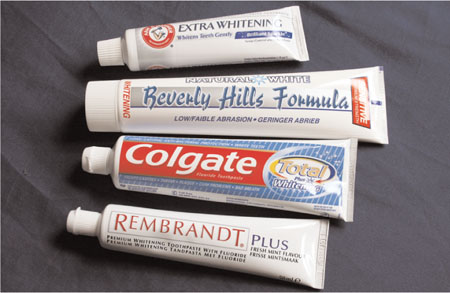
Fig 6-1 Scenario G, home teeth whitening.
|
A regularly attending patient is having a routine visit six weeks before her wedding. She is interested in whitening her teeth for the big day but is concerned about the damage it might cause after reading an article in a women’s magazine. Because she is so busy with her wedding plans she is interested in doing it at home rather than arranging another appointment. |
|||
| Population | Intervention | Comparison | Outcomes |
| Adults | Tooth whitening (at home) | Placebo | Change in tooth colour Adverse effects |
ASK
The question could be written as:
-
In an adult with tooth discolouration would a home tooth whitening kit when compared to placebo improve/change tooth colour?
ACQUIRE
Our first port of call in a search for evidence should be for an evidence-based guideline followed by a search of the Cochrane Library. If there are no reviews on the Cochrane Library the next best place to look for evidence to answer the question is PubMed.
PubMed
PubMed is the USA National Library of Medicine’s (NLM) database of bio-medical citations and abstracts that is searchable on the internet: (www.pubmed.gov) at no cost.
MEDLINE is the largest component of PubMed and covers over 4800 journals published in the US and more than 70 other countries, primarily from 1966 to the present (see page 117 for further details).
Please note that since preparing this example a Cochrane review on this topic has now been published: Hasson H, Ismail AI, Neiva G. Home-based chemically-induced whitening of teeth in adults. Cochrane Database of Systematic Reviews 2006, Issue 4. Art. No.: CD006202. DOI: 10.1002/14651858.CD006202 and the earlier protocol withdrawn.
Searching PubMed: a Step-by-Step Guide to Doing a Simple Search
PubMed is a search engine just like the one in Google. Unlike Google it searches the MEDLINE database for the NLM in the USA.
When you type a word such as amalgam, it searches for that word anywhere in its database and shows you the results (Fig 6-2). This type of search is called a text word search. It will give you papers in which amalgam (and not necessarily just dental amalgam) may appear in the title or the abstract, but does not necessarily mean the main focus of the paper is amalgam.
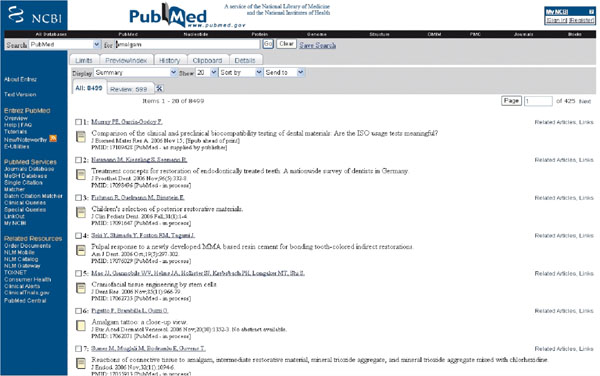
Fig 6-2 PubMed – amalgam text word search.
Like most reference systems MEDLINE has its own index system. When a biomedical article is added to MEDLINE it is assigned a number of index terms. These index terms are referred to as Medical Subject Heading – MeSH for short.
Selecting MeSH from the dropdown search menu, or the left-hand (blue) column (Fig 6-3), will take you to the MeSH database. Here you can search to see what MeSH terms are used for amalgam. The search actually yields a number of terms but dental amalgam is the most suitable. As you can see, this term was introduced to the database in 1965 (Fig 6-4).

Fig 6-3 PubMed – selecting MeSH.
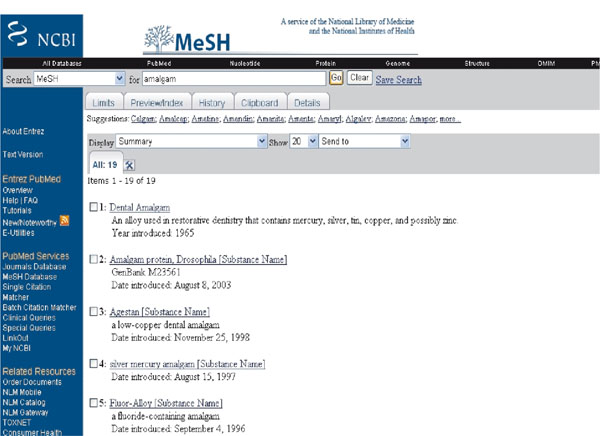
Fig 6-4 PubMed – MeSH amalgam search 1.
Now MEDLINE can be searched using the MeSH term (a MeSH Search). Check the tick box next to the term dental amalgam and go to the dropdown box (Fig 6-5) under “send to”. Click on “Search box with AND”. This will take you to another screen where you can click the search PubMed button to search for Dental Amalgam as a MeSH term (Fig 6-6).
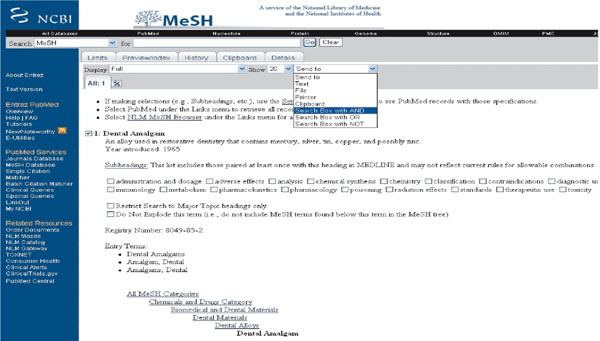
Fig 6-5 PubMed – MeSH amalgam search 2.
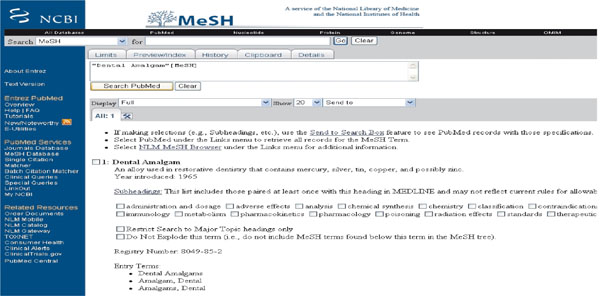
Fig 6-6 PubMed – MeSH amalgam search 3.
Scientific articles are written by humans and MEDLINE is compiled by humans. Consequently if you are conducting a detailed search for information it is best to search the database using both text words and MeSH terms and combining them for each concept in your question. This may take slightly longer but should help you avoid missing a paper that gives you the right answer to your question.
Combining Terms in PubMed
To combine search terms in PubMed (or any search engine such as Google) you can use the terms AND, OR, NOT and NEAR to tell search engines which keywords you want your results to include or exclude, and whether you require that your keywords appear close to each other.
These words are called Boolean operators after George Boole, an Englishman, who invented them as part of a system of logic in the mid-1800s. For beginners it is best to stick only with the AND and OR terms.
Example
Consider the question:
-
In an adult with tooth discolouration would a home tooth whitening kit when compared to placebo improve/change tooth colour?
In the question there are four main themes that can be searched:
-
tooth whitening
-
at home
-
tooth discolouration
-
placebo.
Taking each of the themes in turn and searching for both relevant text words and MeSH terms:
| Search no. | Search term | Number of references |
| #1 | tooth whitening | 1312 |
| #2 | tooth bleaching | 1281 |
| #3 | “tooth bleaching” [MeSH] | 1271 |
| #4 | #1 OR #2 OR #3 | 1315 |
The final search in this sequence #4 uses the Boolean operator OR. This combines all the unique references which appear within these three search terms and produces slightly more references than any of the individual terms (Fig 6-7).
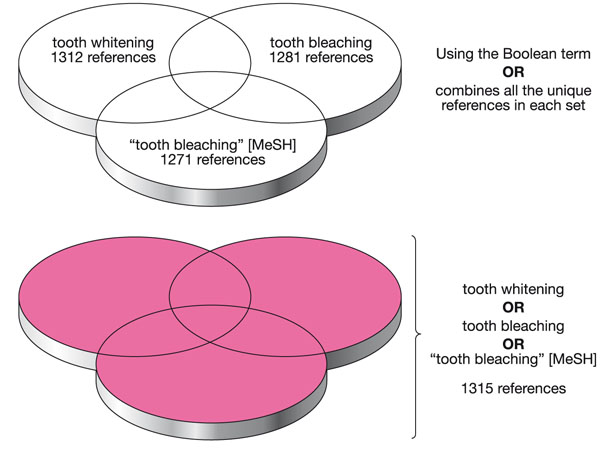
Fig 6-7 Visual representation of use of Boolean operator OR.
Stay updated, free dental videos. Join our Telegram channel

VIDEdental - Online dental courses


